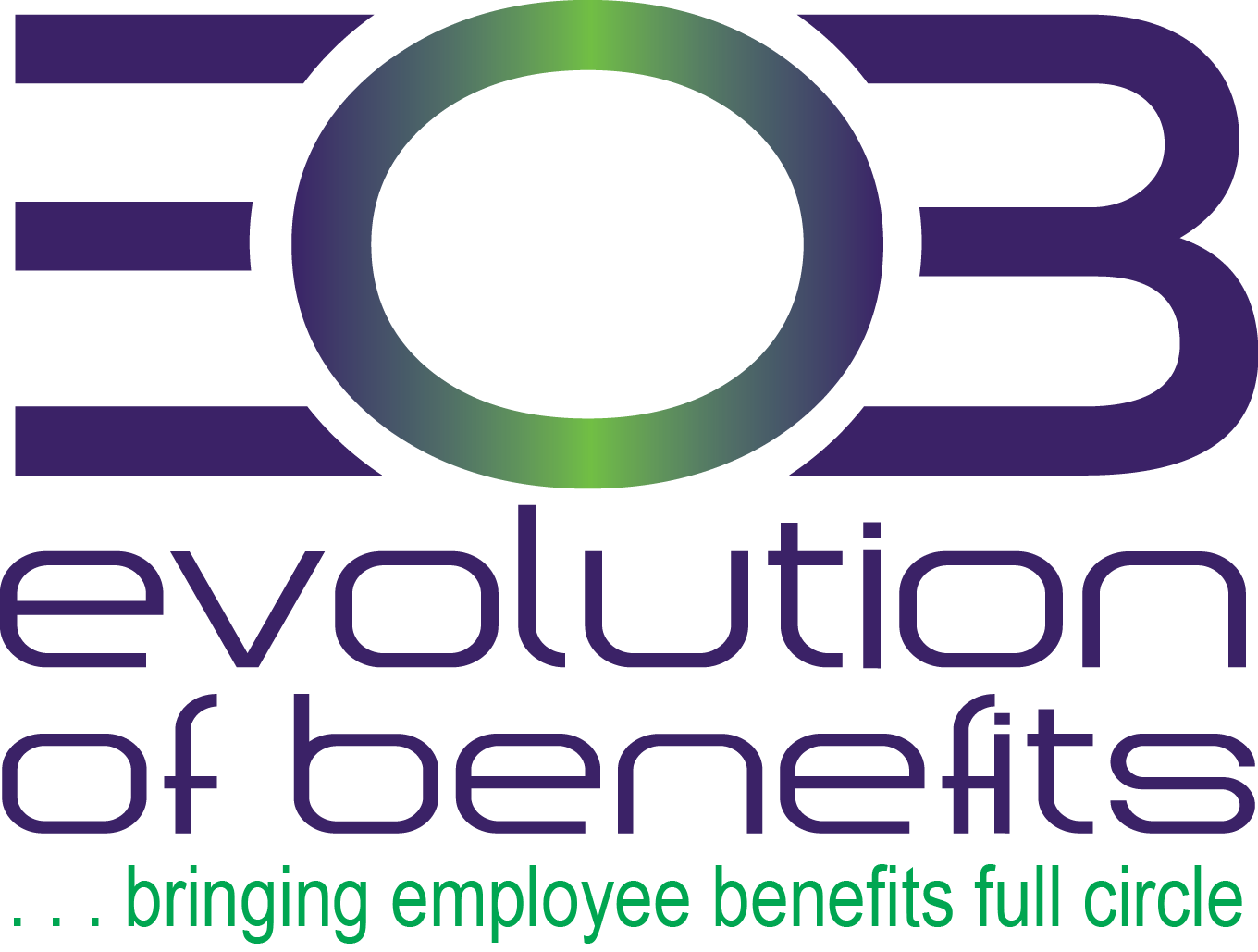June Compliance Bulletin – OSHA

OSHA FAQs: Face Masks and Respirators in the Workplace
Cloth face coverings are not considered PPE and employers are not required to provide them.
OSHA generally recommends that employers encourage workers to wear face coverings at work.
Cloth face coverings are not a substitute for social distancing measures.
OSHA suggests following CDC recommendations, and always washing or discarding cloth face coverings that are visibly soiled.
Employers must not use surgical masks or cloth face coverings when respirators are needed.
Click here to view and download the June Compliance Bulletin.

Benefits Buzz – June 2020

Topics
Updated Model COBRA Notices Available
COVID-19 Relief for EmployeeBenefit Plan Deadlines
HR Brief – June 2020

Topics:
Return to Work plans – COVID-19
Federal Agencies issue COVID-19 relief for employee benefit plans
May HR Brief

Best Practices for Addressing the COVID19 Pandemic
While local governments temporarily adjust laws and guidelines, businesses across the country are implementing plans to keep their employees healthy. Read more…
New Coronavirus Relief Laws Require Paid Employee Leave
Read more…
Click here or the image below to download the May 2020 HR Brief

May Benefits Buzz

IRS Allows HDHPs to Cover COVID-19 Costs
The IRS recently issued Notice 2020-15 to advise that high deductible
health plans (HDHPs) can pay for coronavirus disease 2019 (COVID19) testing and treatment before plan deductibles have been met, without jeopardizing their status. . .
COVID-19 Relief Laws Require Paid Employee Leave
Click here or the image to download the May 2020 Benefits Buzz

April HR Brief

Understanding the Historic $2 Trillion Stimulus Package

The $2 trillion stimulus package, negotiated by Republican and Democratic leaders, is the largest economic stimulus measure in modern history. The bill is a $2 trillion combination of tax provisions and other stimulus measures, including emergency business lending. The measure promises to provide help for struggling American families and businesses, as well as health care workers on the front lines of the coronavirus outbreak.
Significant Provisions Affecting Businesses
Significant Provisions Affecting Individuals
Click the image below or here to view, download, and print this 4-page newsletter

Overcoming loneliness during the coronavirus pandemic

As public health officials work to slow the spread of coronavirus disease 2019 (COVID‐19), many have recommended social distancing and self‐quarantining. Some states across the country have issued orders for people to stay at home unless it’s essential they leave, and some employers have had to send employees home or ask them to work remotely. While these actions can help slow the spread, they can have negative effects on your mental health.
Click the image below or here to view, download, and print this flyer.
If you have concerns about your mental well‐being while you’re in quarantine, please contact your mental health professional or use SAMHSA’s National Helpline by calling 800‐662‐HELP (4357).

10 Ways to Manage Coronavirus Symptoms From Home

If you’re experiencing mild coronavirus disease 2019 (COVIO-19 ) symp to ms, be sure to call your doctor. It’s possible that your doctor will advise you to manage your symptoms from home. Here are 10 ways that you can do so.
Click the image below or here to view, download, and print this flyer
Notify your doctor that you may have COVID-19 before going to any standing health care appointments.
If you experience a medical emergency, call 911 and let them know that you have or may have COVID-19.

Who is at a higher risk for severe coronavirus-related illness?

While an estimated 80% of those who get sick with coronavirus disease 2019 (COVID-19) will experience mild symptoms, 20% will experience severe and sometimes life-threatening symptoms and complications.
According to the Centers for Disease Control and Prevention, the following individual.s may be at a higher risk for severe illness and complications related to COVID-19:
- Individuals who are 65 years old or older
- Individuals who live in a long-term care facility or nursing home
- Individuals who are immuno-compromised, including cancer patients, those who have had a bone marrow or organ transplant and those with immune deficiencies or disorders
- Individuals with underlying health conditions, including:
- Chronic lung disease
- Moderate to severe asthma
- Heart disease with complications
- Severe obesity























